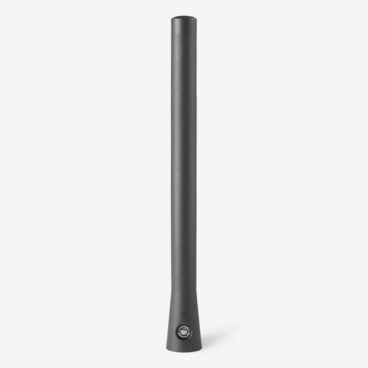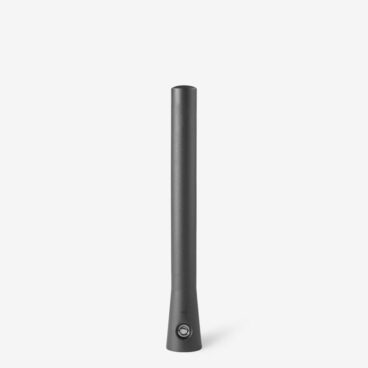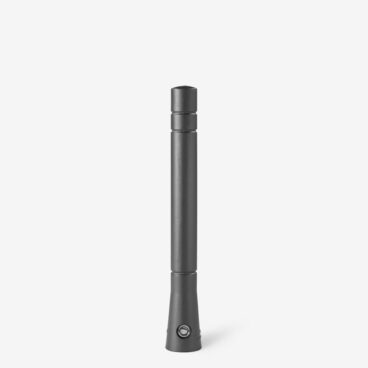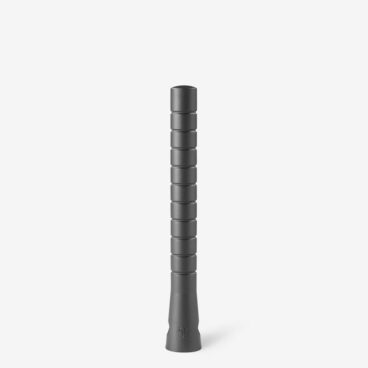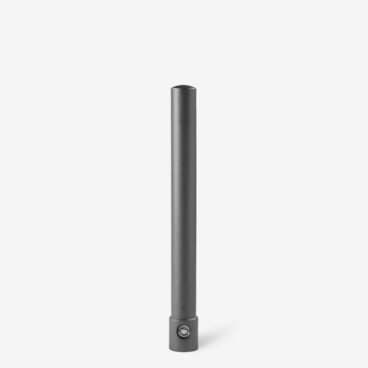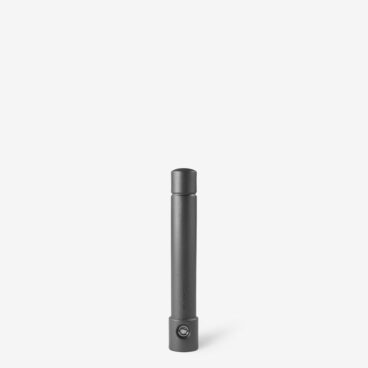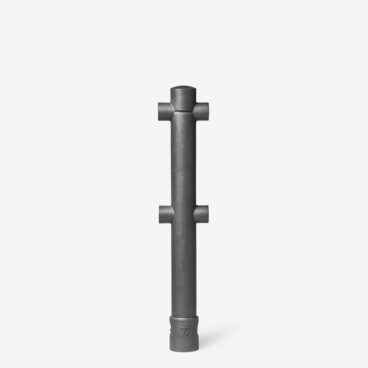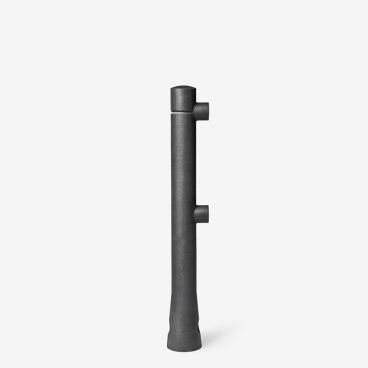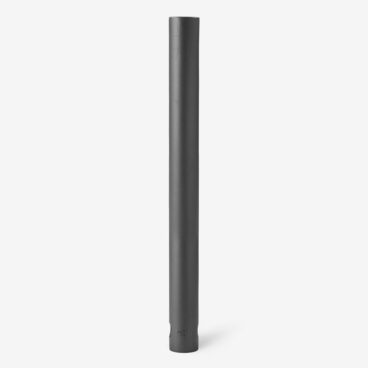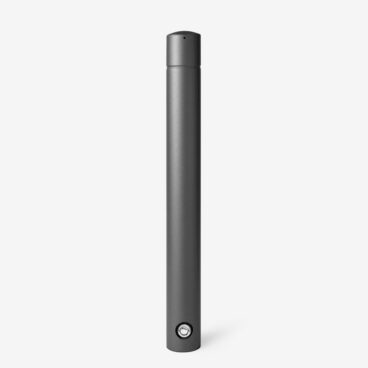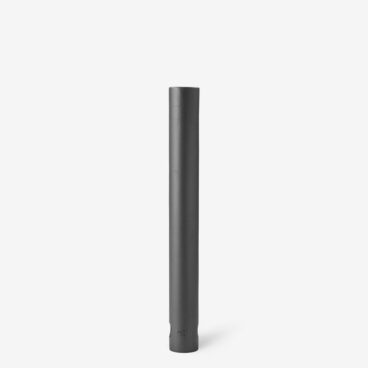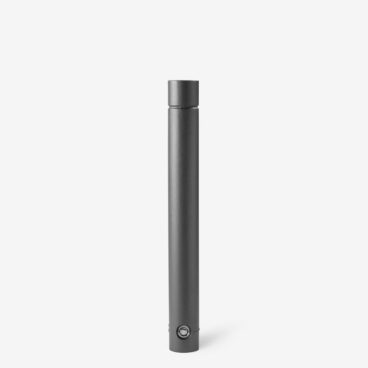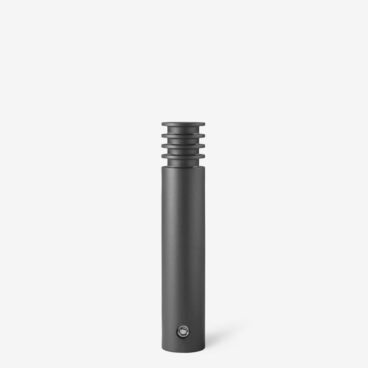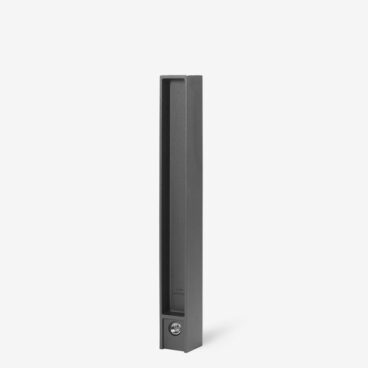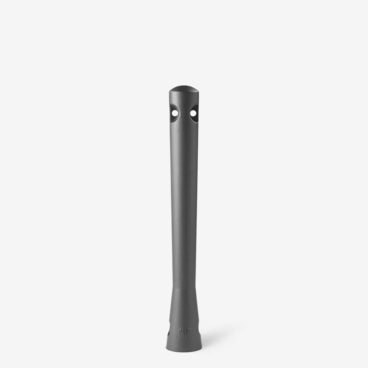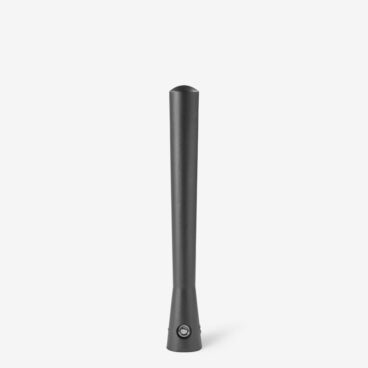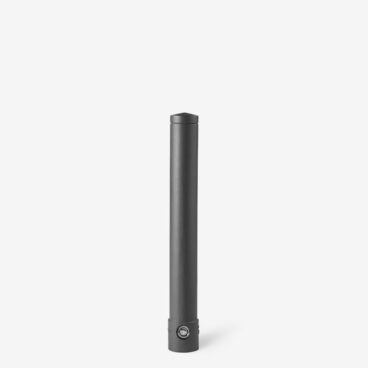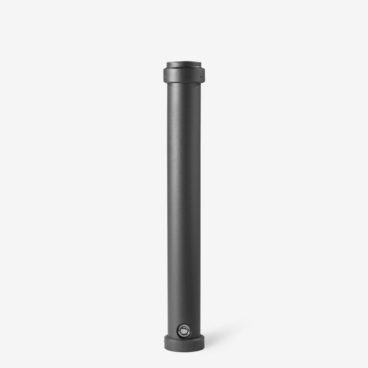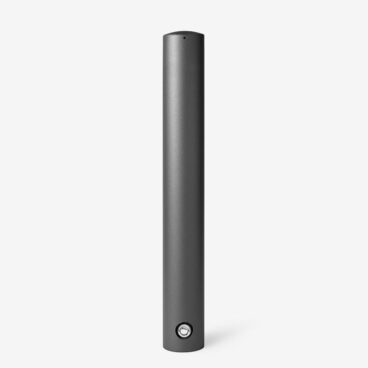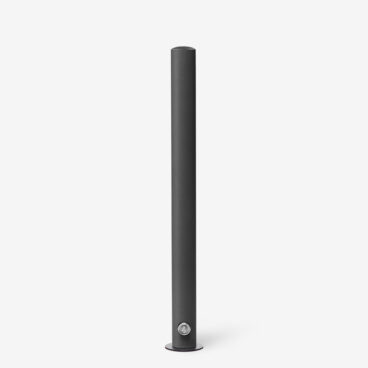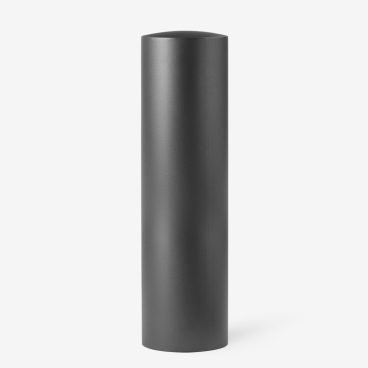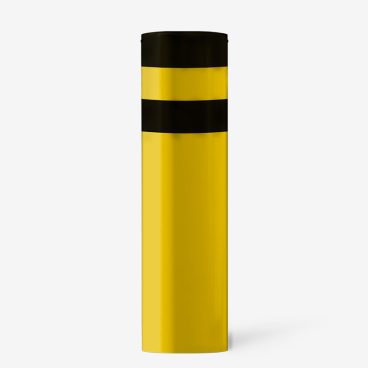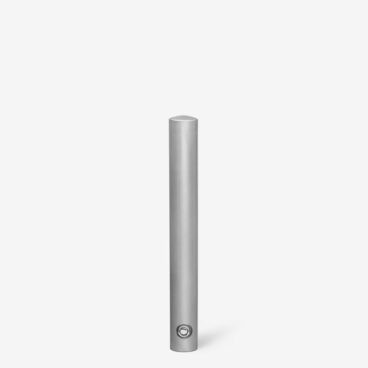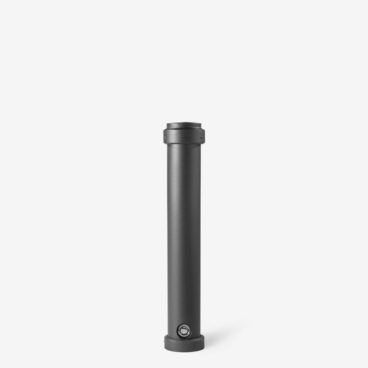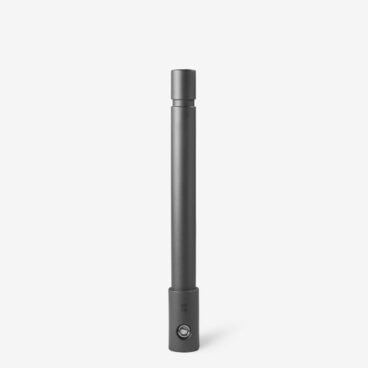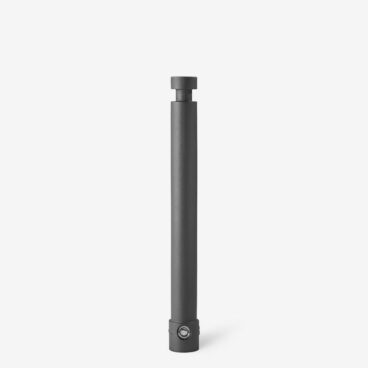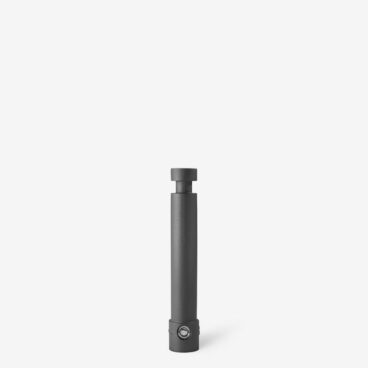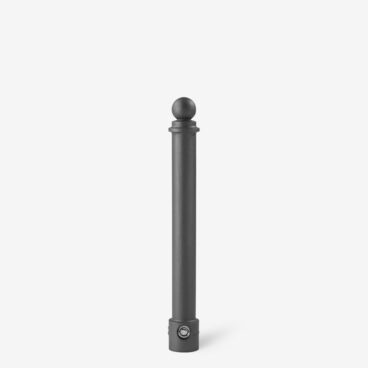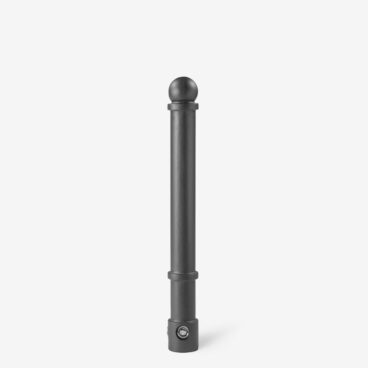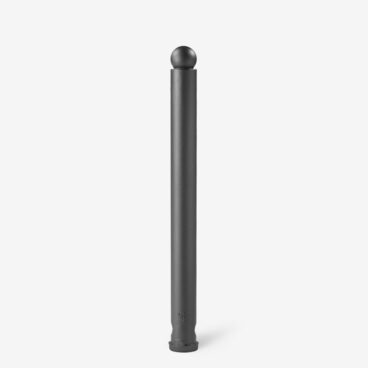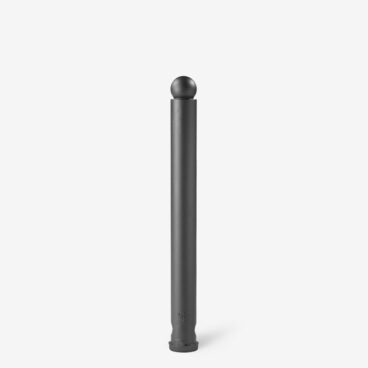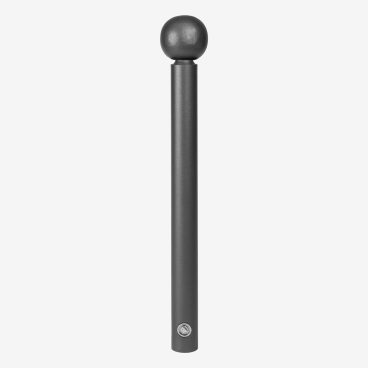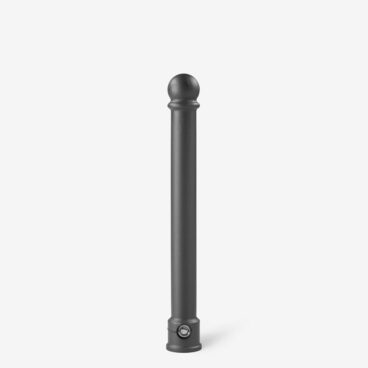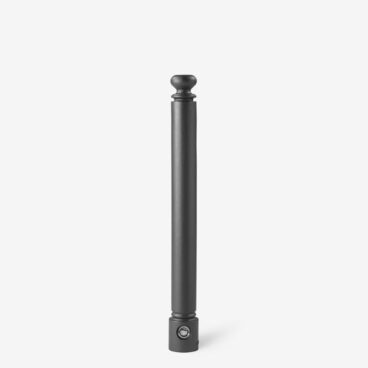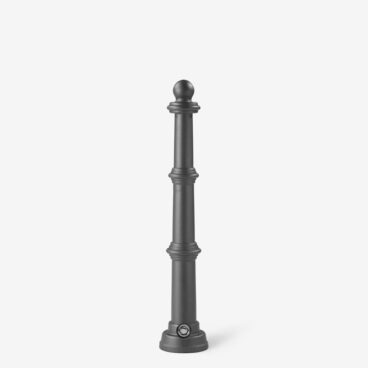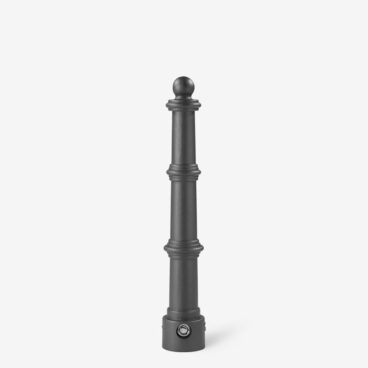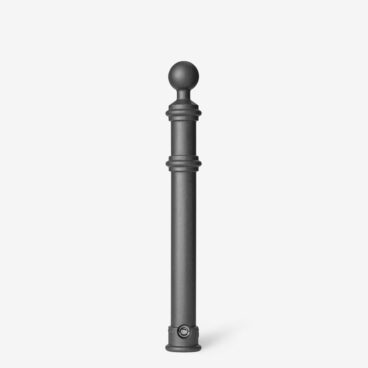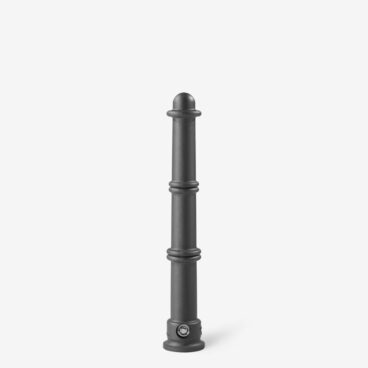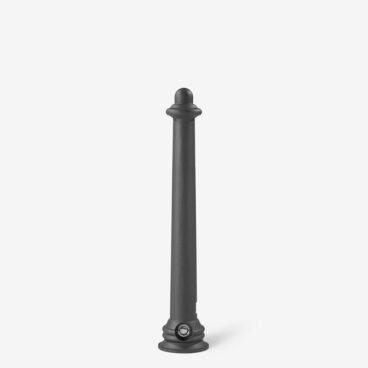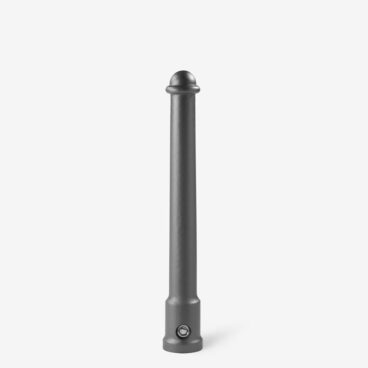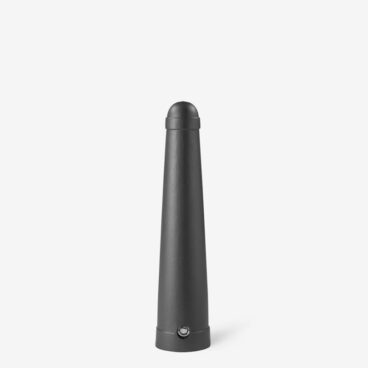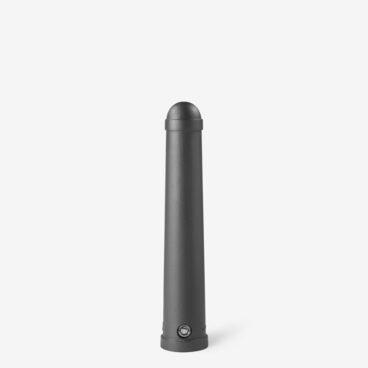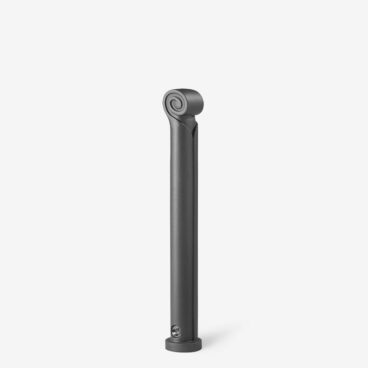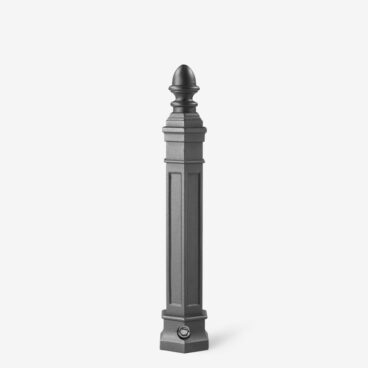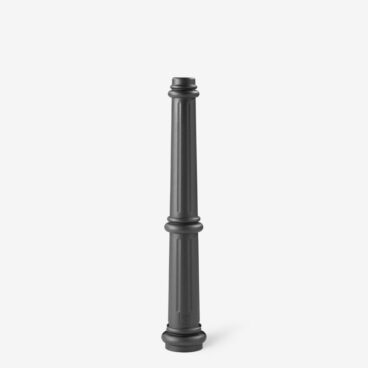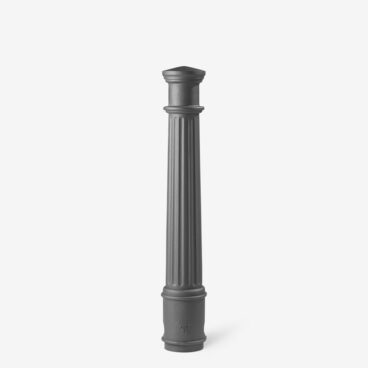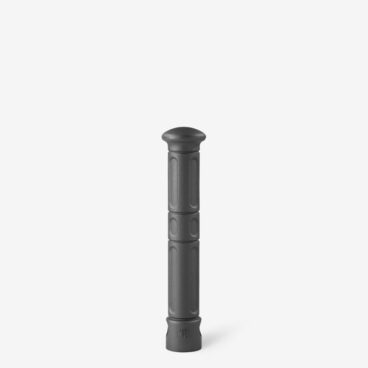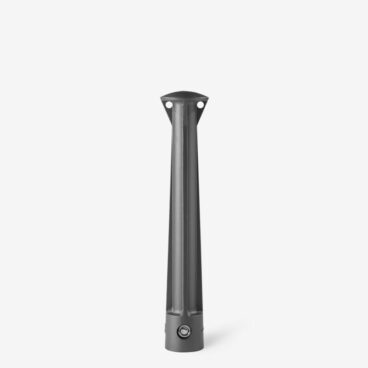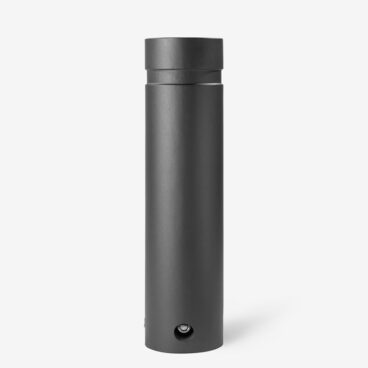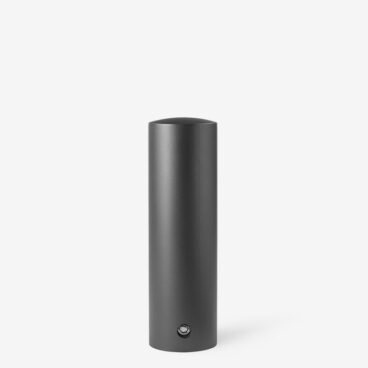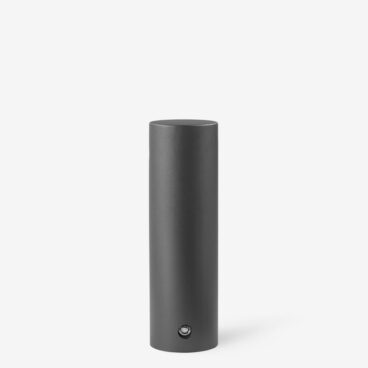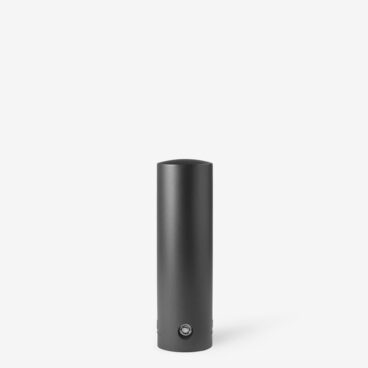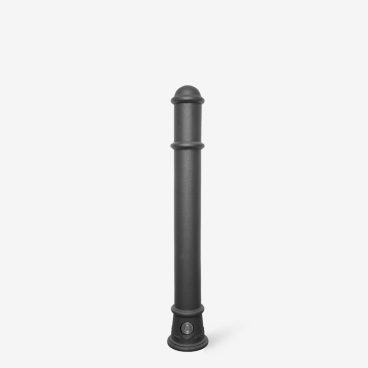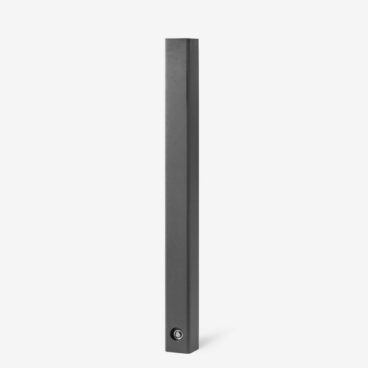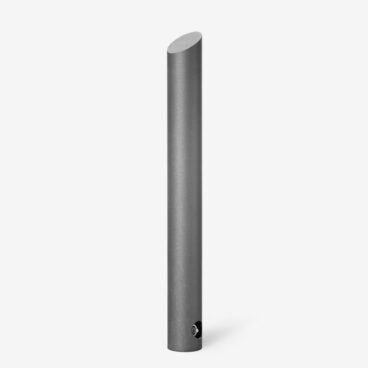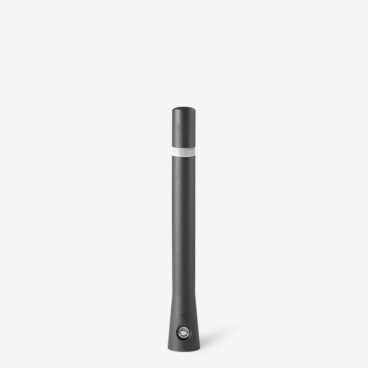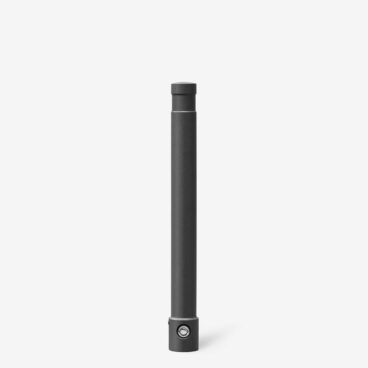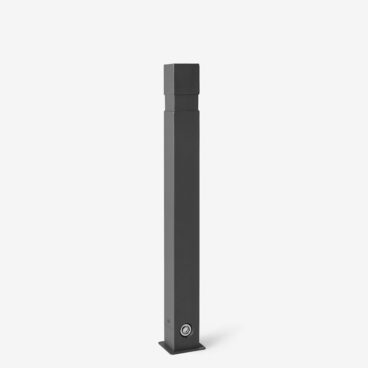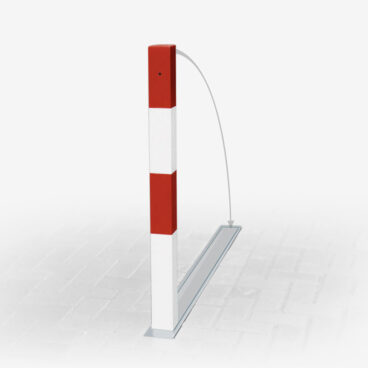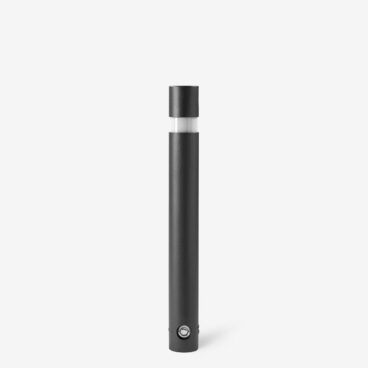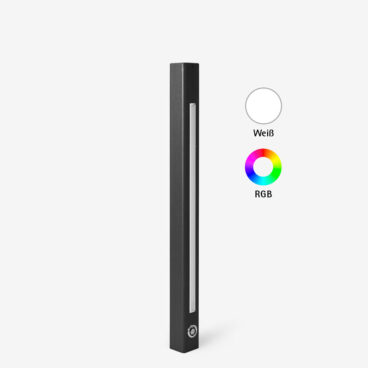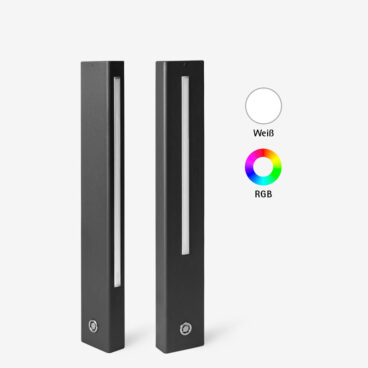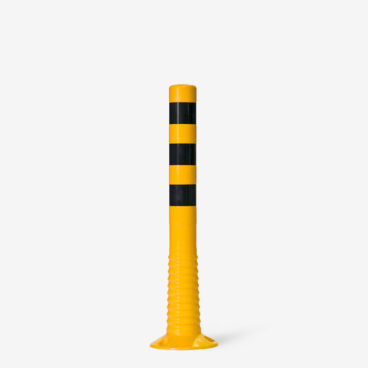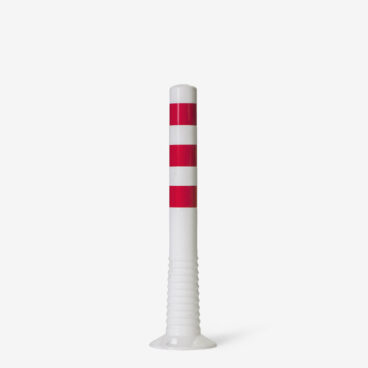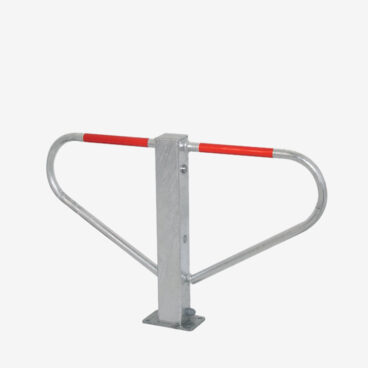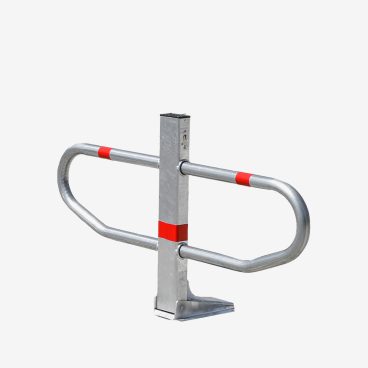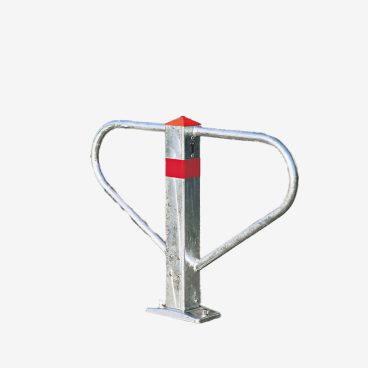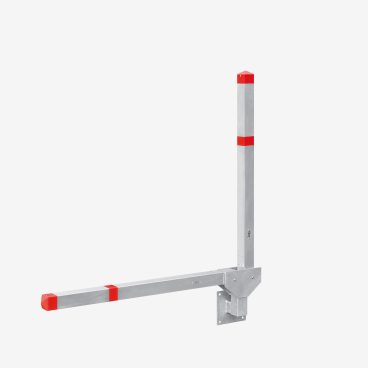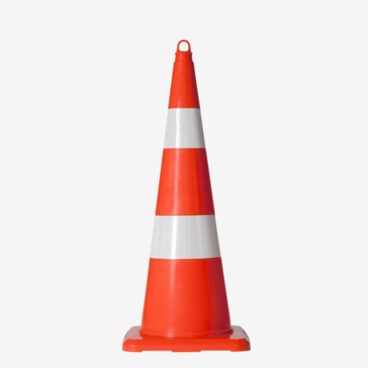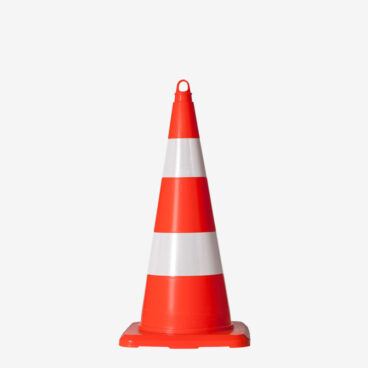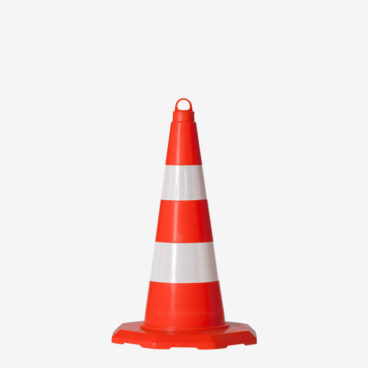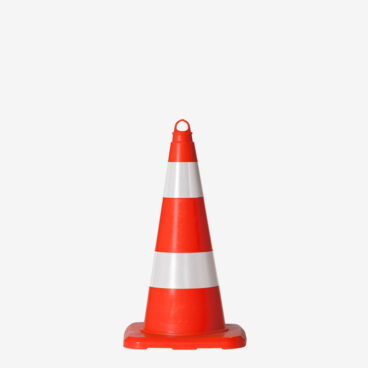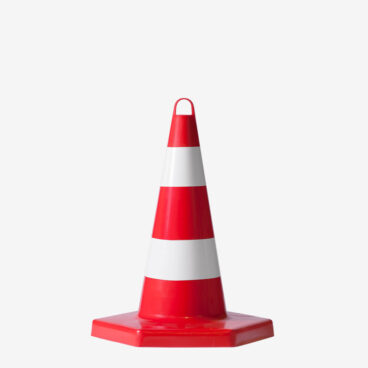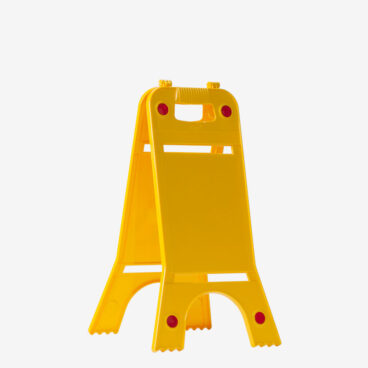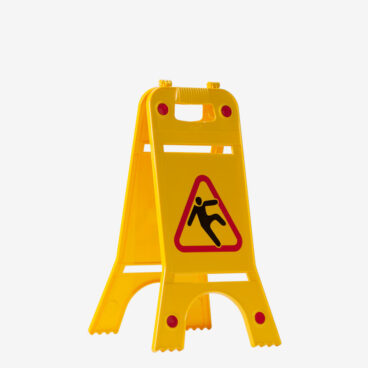Back to the Mainmenu
Back to the Mainmenu
Your Partner for Public Furniture
Service & Information
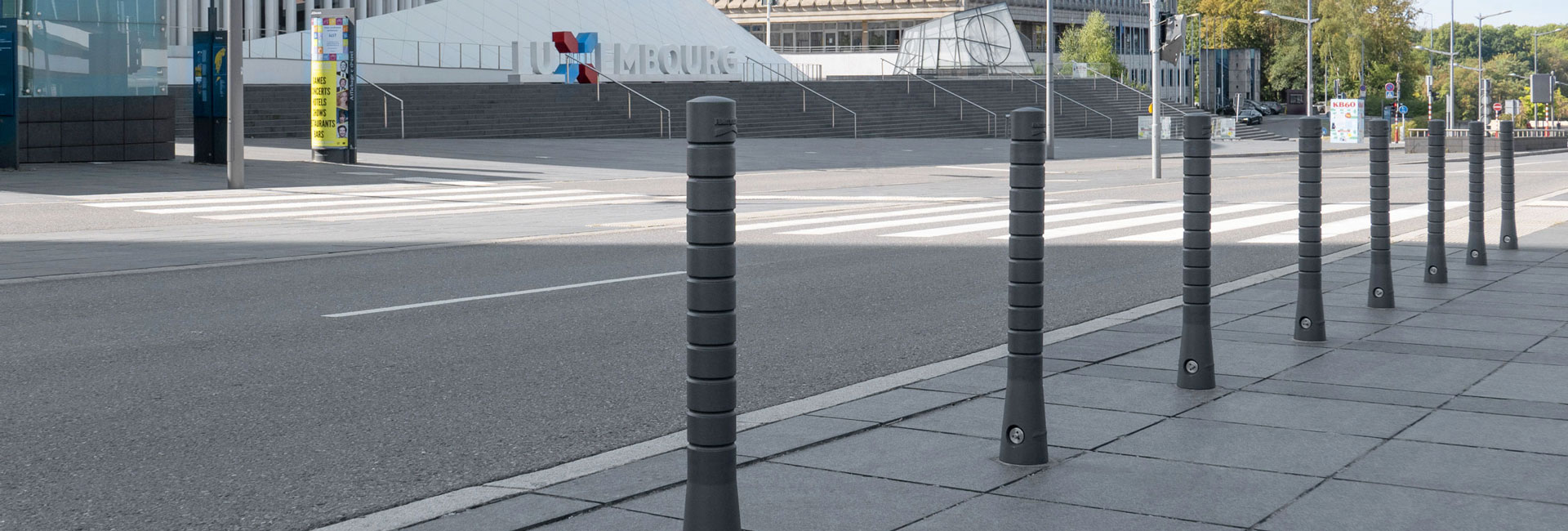
Bollards & Barriers
Versatile aids for modern urban planning
A bollard is a short vertical post describing a variety of structures to control or direct road traffic, such as posts arranged in a line to obstruct the passage of motor vehicles. The term can also be used to describe short, post-like light fixtures.
sub-categories
 Cast Aluminum Bollardsto the Category
Cast Aluminum Bollardsto the Category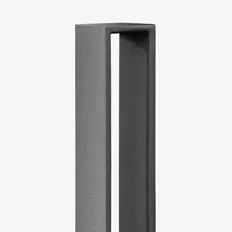 Steel Bollardsto the Category
Steel Bollardsto the Category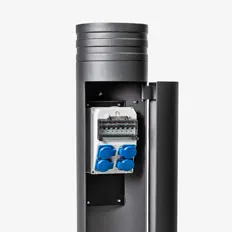 Feeder Bollardsto the Category
Feeder Bollardsto the Category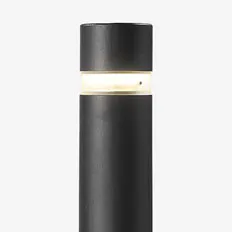 Lighting Bollardsto the Category
Lighting Bollardsto the Category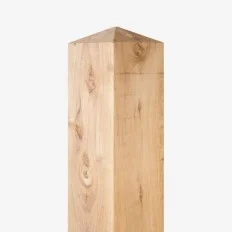 Wooden Bollardsto the Category
Wooden Bollardsto the Category Parking locksto the Category
Parking locksto the Category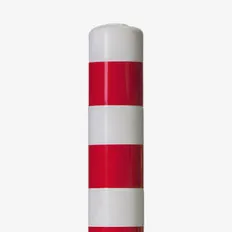 Plastic Bollardsto the Category
Plastic Bollardsto the Category Speed Bumps & Boundary markingsto the Category
Speed Bumps & Boundary markingsto the Category Traffic Conesto the Category
Traffic Conesto the Category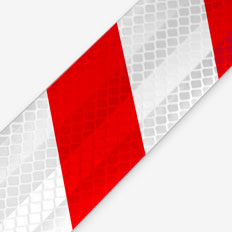 Reflective Tapesto the Category
Reflective Tapesto the Category
filter in all Bollards & Barriers
Display:
Sort by:
Style
Number
Price ascending
Price descending
-
Charging-Bollard 665 Feeder Bollards H: 900 Ø: 70/140 from 363,00 €Bollard 009-2 Cast Aluminum Bollard H: 1200 Ø: 85/120 from 398,00 €Bollard 009-1 Cast Aluminum Bollard H: 870 Ø: 85/120 from 276,00 €Bollard 043 Cast Aluminum Bollard H: 870 Ø: 85/120 from 269,00 €Bollard 008 Cast Aluminum Bollard H: 870 Ø: 85/120 from 275,50 €Bollard 001 Cast Aluminum Bollard H: 870 Ø: 120 from 266,50 €Bollard 001-1 Cast Aluminum Bollard H: 520 Ø: 85/120 from 249,00 €Bollard 016 Cast Aluminum Bollard H: 870 Ø: 85/98 from 240,50 €Bollard 027-2 Cast Aluminum Bollard H: 870 Ø: 85/98 from 256,00 €Bollard 027-1 Cast Aluminum Bollard H: 600 Ø: 85/98 from 196,00 €Railing Bollard 027-7 Cast Aluminum Bollards H: 870 Ø: 85/98 from 278,50 €Railing Bollard 027-8 Cast Aluminum Bollards H: 870 Ø: 85/98 from 290,50 €Railing Bollard 043-7 Cast Aluminum Bollards H: 870 Ø: 85/120 from 288,00 €Railing Bollard 043-8 Cast Aluminum Bollards H: 870 Ø: 85/120 from 300,00 €Bollard 010 Cast Aluminum Bollard H: 870 Ø: 85/98 from 255,00 €Bollard 031-2 Cast Aluminum Bollard H: 1200 Ø: 98 from 435,50 €Bollard 056 Steel Bollards H: 1000 Ø: 108 from 167,00 €Bollard 031-1 Cast Aluminum Bollard H: 870 Ø: 98 from 350,00 €Bollard 061 Cast Aluminum Bollard H: 870 Ø: 98 from 347,50 €Bollard 060 Cast Aluminum Bollard H: 750 Ø: 102/140 from 422,00 €Bollard 032 Cast Aluminum Bollard H: 860 Ø: 96/100 from 292,50 €Bollard 012 Cast Aluminum Bollard H: 820 Ø: 140 from 376,50 €Bollard 002 Cast Aluminum Bollard H: 820 Ø: 140 from 390,00 €Bollard 006-1 Cast Aluminum Bollard H: 870 Ø: 95/120 from 305,00 €Bollard 006-2 Cast Aluminum Bollard H: 870 Ø: 95/120 from 305,00 €Bollard 034 Cast Aluminum Bollards H: 780 Ø: 90/100 from 304,50 €Bollard 015 Cast Aluminum Bollard H: 950 Ø: 105 from 444,50 €Bollard 096 Steel Bollards H: 1000 Ø: 168 from 283,50 €Bollard 095 Steel Bollards H: 1000 Ø: 139 from 219,50 €Bollard 042-1 Steel Bollards H: 1000 Ø: 108 from 119,50 €Bollard 042-2 Steel Bollards H: 1200 Ø: 108 from 156,50 €Bollard 076-20 Steel Bollards H: 952 Ø: 76 from 84,00 €Ram protection bollard 672 Steel Bollards H: 1000 Ø: 220 from 431,00 €Ram protection bollard 675 Steel Bollards H: 1000 Ø: 273 from 486,00 €Bollard 089 Steel Bollards H: 750 Ø: 90 from 155,50 €Bollard 076-10 Steel Bollards H: 940 Ø: 76 from 84,00 €Bollard 017 Cast Aluminum Bollard H: 750 Ø: 105 from 402,50 €Bollard 024 Cast Aluminum Bollard H: 870 Ø: 80/100 from 249,00 €Bollard 021-2 Cast Aluminum Bollard H: 900 Ø: 86/100 from 325,00 €Bollard 021-1 Cast Aluminum Bollard H: 600 Ø: 86/100 from 259,50 €Bollard 038 Cast Aluminum Bollard H: 830 Ø: 80/100 from 242,50 €Bollard 040 Cast Aluminum Bollard H: 900 Ø: 82/100 from 305,00 €Bollard 014-2 Cast Aluminum Bollard H: 1000 Ø: 85/98 from 268,50 €Bollard 014-1 Cast Aluminum Bollard H: 900 Ø: 85/98 from 266,50 €Bollard 029 Cast Aluminum Bollard H: 900 Ø: 80/100 from 294,00 €Bollard 076-30 Steel Bollards H: 980 Ø: 76 from 84,00 €Bollard 076-40 Steel Bollards H: 1020 Ø: 76 from 135,50 €Bollard 076-50 Steel Bollards H: 871 Ø: 76 from 135,50 €Bollard 076-60 Steel Bollards H: 871 Ø: 76 from 174,50 €Bollard 018 Cast Aluminum Bollard H: 850 Ø: 90/130 from 308,50 €Bollard 062 Cast Aluminum Bollard H: 910 Ø: 104/115 from 345,50 €Bollard 023 Cast Aluminum Bollard H: 910 Ø: 85/100 from 282,50 €Bollard 007 Cast Aluminum Bollard H: 905 Ø: 84/98 from 282,50 €Bollard 005-1 Cast Aluminum Bollard H: 890 Ø: 70/170 from 328,50 €Bollard 005-2 Cast Aluminum Bollard H: 900 Ø: 80/140 from 399,00 €Bollard 068 Cast Aluminum Bollard H: 950 Ø: 82/97 from 277,50 €Bollard 025 Cast Aluminum Bollard H: 850 Ø: 85/140 from 305,00 €Bollard 039 Cast Aluminum Bollard H: 870 Ø: 61/170 from 305,00 €Bollard 028 Cast Aluminum Bollard H: 900 Ø: 90/120 from 328,50 €Bollard 004 Cast Aluminum Bollard H: 820 Ø: 112/180 from 370,00 €Bollard 013 Cast Aluminum Bollard H: 820 Ø: 125/160 from 345,00 €Bollard 011 Cast Aluminum Bollard H: 860 Ø: 102/108 from 394,50 €Bollard 041 Cast Aluminum Bollard H: 925 Ø: 185 from 547,50 €Bollard 020 Cast Aluminum Bollard H: 895 Ø: 74/102 from 389,00 €Bollard 022 Cast Aluminum Bollard H: 935 Ø: 140 from 485,00 €Bollard 003 Cast Aluminum Bollard H: 738 Ø: 120/144 from 265,50 €Bollard 019 Cast Aluminum Bollard H: 850 Ø: 160 from 342,50 €Bollard 058 Cast Aluminum Bollard H: 1000 Ø: 250 from 997,50 €Bollard 057 Cast Aluminum Bollard H: 1000 Ø: 150 from 607,50 €Bollard 037-2 Steel Bollards H: 720 Ø: 220 from 387,00 €Bollard 037-1 Cast Aluminum Bollard H: 720 Ø: 220 from 622,00 €Bollard 055-1 Cast Aluminum Bollard H: 600 Ø: 180 from 514,00 €Bollard 055-2 Steel Bollards H: 600 Ø: 180 from 283,50 €Bollard 064 Cast Aluminum Bollard H: 1200 Ø: 100 from 575,00 €Bollard 093 Cast Aluminum Bollard H: 870 Ø: 90 from 304,50 €Bollard 097 Cast Aluminum Bollard H: 870 Ø: 90 from 281,50 €Bollard 098 Cast Aluminum Bollard H: 900 Ø: 130 from 340,00 €Bollard 063 Steel Bollards H: 1000 Ø: 100 from 180,50 €Bollard 065 Steel Bollards H: 900 Ø: 70/140 from 177,50 €Bollard 066 Steel Bollards H: 900 Ø: 70 from 113,50 €Bollard 059 Steel Bollards H: 900 Ø: 80 from 208,00 €Bollard 074 Steel Bollards H: 1000 Ø: 120 from 300,50 €Bollard 079 Steel Bollards Ø: 108 from 166,00 €Bollard 069 Cast Aluminum Bollard H: 800 Ø: 85/120 from 239,00 €Bollard 070 Cast Aluminum Bollard H: 880 Ø: 83/98 from 305,00 €Bollard 071 Cast Aluminum Bollard H: 937 Ø: 90 from 390,00 €Reversible Bollard 1.001 Steel Bollards H: 900 Ø: 70 from 645,70 €Barrier Post 3.076-3 with automatic lift Parking locks H: 900 B: 76 from 214,00 €Lighting-Bollard 230 LED Lighting Bollards H: 1000 Ø: 150 from 1.049,50 €Lighting-Bollard 210 LED Lighting Bollards H: 870 Ø: 98 from 903,00 €Lighting-Bollard 220 LED Lighting Bollards H: 600 Ø: 180 from 1.022,00 €Lighting-Bollard 240 LED Lighting Bollards H: 870 Ø: 85/120 from 952,00 €Lighting-Bollard 267 LED Lighting Bollards H: 1060 Ø: 106 from 938,00 €Lighting-Bollard 266 LED Lighting Bollards H: 900 Ø: 70 from 1.000,00 €Lighting-Bollard 265 LED Lighting Bollards H: 900 Ø: 70/140 from 1.117,00 €Feeder-Bollard 300-2 Feeder Bollards H: 1340 Ø: 245 from 1.998,00 €Feeder-Bollard 300-1 Feeder Bollards H: 1335 Ø: 245 from 2.166,50 €Bollard 1.083 Wooden Bollards H: 1500 B: 140 Price on demandBollard 026 Plastic Bollards H: 200 Ø: 200/600 Price on demandBollard 1.823-2 Plastic Bollards from 39,80 €Bollard 1.823-6 Plastic Bollards from 31,90 €Bollard 1.823-5 Plastic Bollards from 31,90 €Bollard 1.823-3 Plastic Bollards from 32,50 €Bollards 1.822 Plastic Bollards 244,70 €Bollard 1.823-1 Plastic Bollards from 31,30 €Bollard 1.823-4 Plastic Bollards from 31,90 €Bollards 1.821 Plastic Bollards 305,90 €Parking Lock 1.410 Parking locks from 155,00 €Parking Lock 1.411 Parking locks 208,60 €Parking Lock 3.412 Parking locks from 199,00 €Parking Lock 3.413 Parking locks H: 475 B: 780 285,00 €Parking Lock 3.414 flexible Parking locks H: 600 B: 80 from 255,00 €Parking Lock 3.415 flexible Parking locks H: 600 B: 50 from 194,00 €Parking Lock 3.416 Parking locks H: 500 B: 770 from 205,00 €Double Arm Barrier 3.417 Parking locks H: 700 B: 19000 from 371,00 €Parking Lock 3.418 Parking locks H: 630 B: 76 304,00 €Traffic Cone 1.815-4 Traffic Cones 45,90 €

